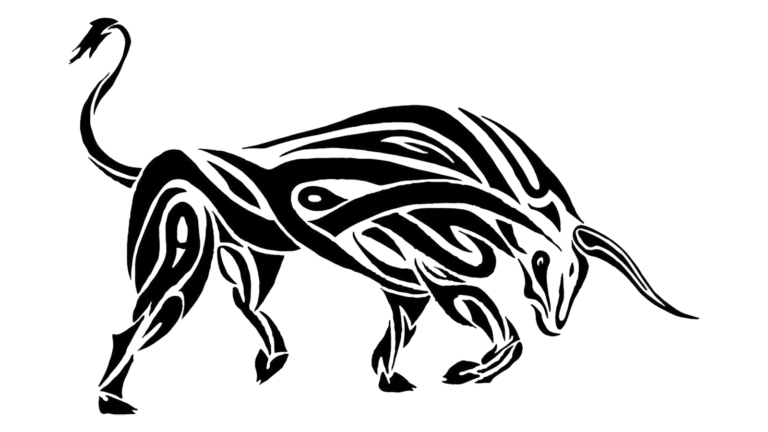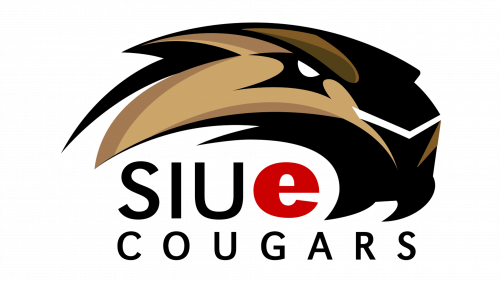
- Version
- Download 32
- File Size 96.34 KB
- File Count 1
- Create Date November 29, 2024
- Last Updated November 30, 2024
Celtic symbols have long been a source of fascination, deeply rooted in ancient European traditions and cultures. Among these, the Bull holds a prominent position, symbolizing a wealth of attributes such as strength, prosperity, and virility. Its rich symbolic meaning stretches far beyond the animal itself, representing the profound connection between the physical and spiritual realms in Celtic society.
The Bull in Celtic Culture
In Celtic mythology and tradition, the Bull was not just an animal; it was a revered symbol of power and vitality. Its presence in Celtic societies was crucial, especially in agrarian contexts, where bulls played a vital role in plowing fields and ensuring a good harvest. This connection to fertility and agriculture made the Bull a symbol of prosperity, associated with bountifulness and growth.
The Bull’s association with strength and endurance is also seen in Celtic battle tales, where it embodies the unyielding force required in conflict. Its depiction in Celtic art, often rendered in intricate knotwork, underscores its spiritual significance. It was seen as a protector and a guardian of wealth, further emphasizing its role in both the physical and spiritual domains of life.
In some Celtic myths, the Bull is even treated as a deity, with rituals and ceremonies performed to honor and ensure its well-being. This reverence indicates the central role the Bull played in shaping the worldview of the Celts, serving as both a symbol of divine strength and a spiritual guide.
Symbolism of the Bull
The Bull in Celtic symbolism carries a range of meanings that reflect the values and beliefs of ancient Celtic societies:
Strength and Endurance: The Bull is a symbol of unyielding strength, often featured in battle stories as a figure of resilience.
Fertility and Agricultural Wealth: The Bull’s role in farming, especially in plowing fields, made it a symbol of fertility and prosperity.
Spiritual Guidance: The Bull was seen as a mystical being, often guiding rituals and representing divine power in Celtic lore.
Nobility and Authority: Linked to Celtic gods and kings, the Bull also symbolized power, leadership, and nobility.
The Celtic Bull in Tattoos
In modern times, the Celtic Bull has found a place in tattoo art, carrying with it the rich history and symbolism of the ancient Celts. The Bull tattoo is often adorned with intricate knotwork, a hallmark of Celtic design, emphasizing its strength and connection to nature.
A Celtic Bull tattoo can symbolize different things for different people. For some, it is a way to honor their Celtic heritage, while for others, it represents personal strength and resilience. The tattoo serves as a reminder of the Bull’s qualities — power, stability, and endurance — and its ability to stand firm in the face of adversity.
Whether depicted in a simple, minimalist style or with elaborate patterns, the Celtic Bull tattoo continues to carry the deep-rooted significance of the original symbol. It serves as a bridge between ancient cultural traditions and modern personal expression, reflecting the enduring legacy of Celtic symbols in contemporary times.
| File | Action |
|---|---|
| Bull-Symbol-768x432.png | Download |








